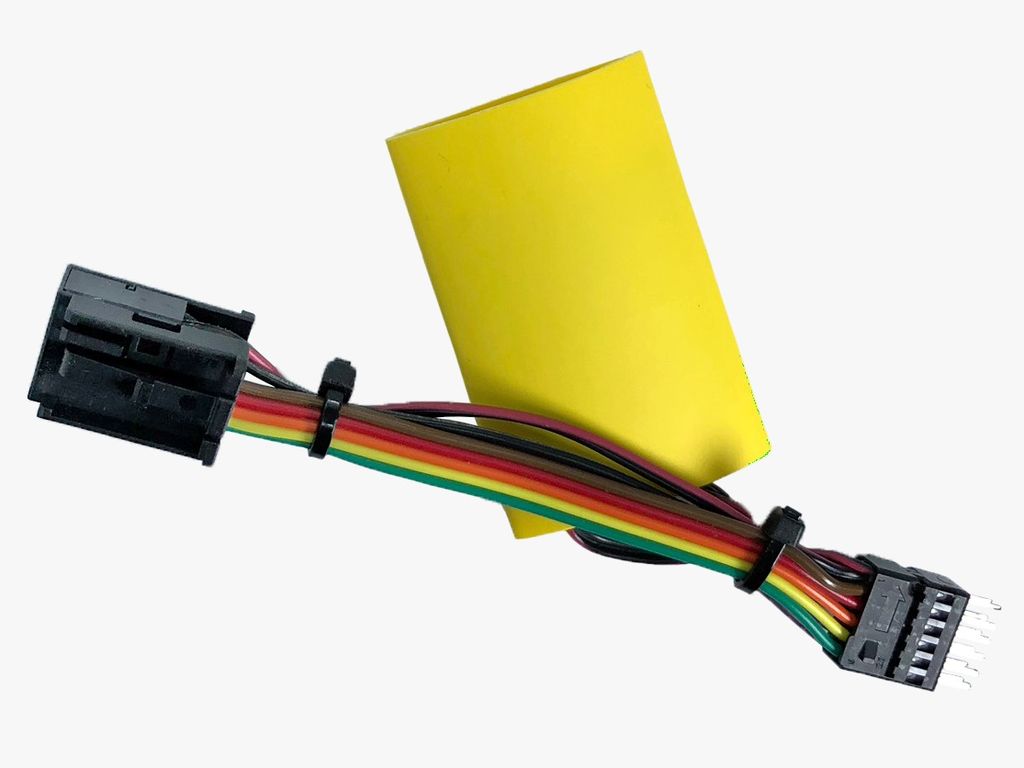Fixing your car can prove quite costly. You pay for parts and have to pay service costs to a mechanic. Don’t you want to actually put money back in your pocket by taking on the repairs yourself? The following tips will help you do so.
It is important to maintain the level of your brake fluid. The brake fluid compartment is usually close to the engine and should be checked regularly. Make sure the compartment is two third full and add more brake fluid if you need to. There might be a leak in your system if you often need to add more brake fluid.
Schedule yourself extra time for free checkups, especially if you are going in on a weekend. No matter how early you get in, there are only so many bays in the garage. That means that your car may have to wait for a few paying clients before it gets looked at.
Make sure you are receiving OEM parts. These parts are original and from the manufacturer. Generic parts may cost less, but you cannot really tell if they are the best quality. A cheap, generic part is less of a bargain if it only lasts half as long as an OEM part would.
Follow your car’s tune up schedule. Each car is different, and that means each has different needs. A tune up schedule for one will not be the same for another. Look into your car manual for details on a proper tune-up schedule for your model. Otherwise, you could have more problems in the future.
Take your vehicle to a full service car wash a couple times a year for an extensive cleaning, inside and out. This removes most of the soil and helps preserve the interior of your car. This can pay off when you want to sell or trade your car in for a newer one.
Even if you aren’t particularly handy, there are a few DIY repairs that almost anyone can do. For example, changing the windshield wiper blades is really just a matter of snapping off one set and snapping on another. Look in your user’s manual or use a measuring tape to determine what size you need. Don’t be dismayed if the store where you purchase your windshield wiper blades only has one in the right size. You can use one that is an inch shorter on the passenger side of your windshield without causing any problems.
Ask for a guarantee when you get your car repaired. Make sure you get it in writing and that you understand what it covers. You may also want to pay a little more at a dealership to have big jobs done, such as a transmission overhaul. This guarantees your work will be covered regardless of where you are.
Be responsible when performing DIY auto repairs. Just about every item you might replace or repair on a vehicle is environmentally unfriendly. Take care to dispose of liquids such as motor oil and coolant properly. Take used parts to your local junk yard or recycling center. Don’t toss plastic bottles about the landscape. If you are unsure of where you can dispose of these items, check with your local waste disposal agency or an automotive supply store.
If you feel vibration when you drive or have a hard time steering the wheel, you should have a mechanic look at your car. The problem could be cause by misaligned wheels, a broken transmission or a damaged suspension. You should get the problem checked before it gets any worse.
Remember that where you live can have an impact on when you need to take your vehicle in for service. For example, if you only travel a short distance to work, your exhaust system may have issues as a result. If you live somewhere very hot, in contrast, you may need to look closely at your engine oil. A “one size fits all” service schedule doesn’t work for everyone.
Every car needs repairs some time. There are some repairs you can do yourself. Performing the repairs yourself can save you a lot of cash. Use the tips here to help you get your car fixed, whether you do the job yourself or turn to a mechanic.





